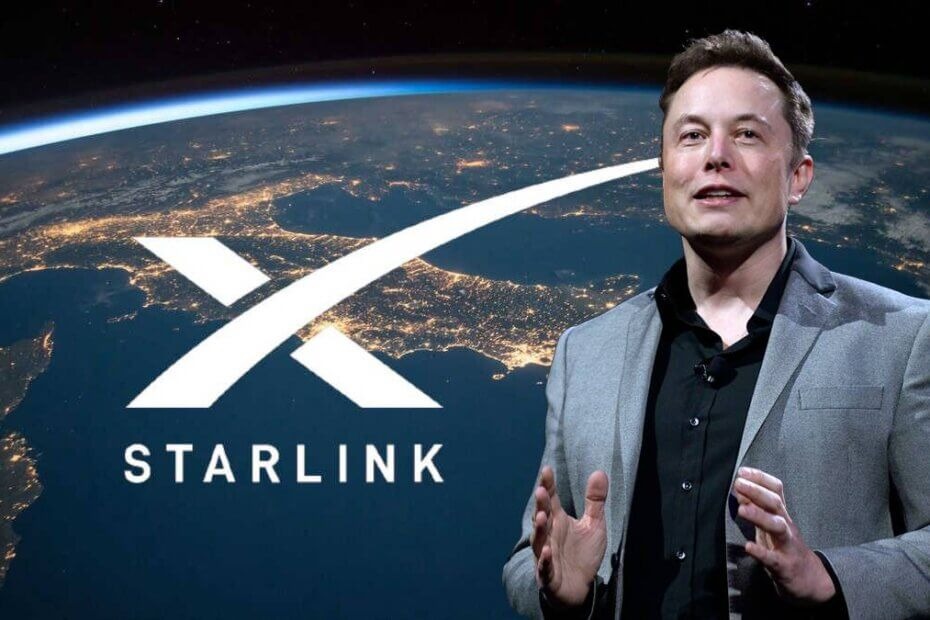Introduction
In a significant development for satellite internet connectivity in India, Elon Musk’s satellite broadband company, Starlink, has recently been granted a licence by India’s Department of Telecommunications (DoT) to commence commercial operations within the country. This licence approval positions Starlink as the third licensed satellite internet operator in India, following Reliance Jio’s Jio Satellite Communications and Bharti Airtel-backed OneWeb.
This move comes amid a very public feud between Elon Musk and former U.S. President Donald Trump, a conflict that has unfolded dramatically on social media platforms — particularly on Musk’s own platform, X (formerly Twitter). While the feud rages on in the United States, Musk’s strategic expansion into India could signal a diversification move designed to bolster Starlink’s global presence beyond domestic U.S. politics.
This article provides an in-depth analysis of Starlink’s licence in India, the broader implications for the Indian telecom sector, how Starlink’s satellite internet service might transform connectivity in India’s underserved regions, and the underlying geopolitical and business factors driving this move.
1. Background on Starlink and Satellite Internet
1.1 What is Starlink?
Starlink is a satellite internet constellation project developed by SpaceX, the aerospace company founded by Elon Musk. The aim of Starlink is to provide high-speed, low-latency internet access across the globe through a network of thousands of small satellites orbiting the Earth at low Earth orbit (LEO).
Traditional internet infrastructure in many parts of the world — especially rural or difficult terrains — is limited due to the high costs and logistical challenges of laying fiber optic cables or cellular towers. Starlink seeks to fill these gaps by offering broadband internet through its satellite network.
1.2 Starlink’s Global Footprint
Since launching its beta service in 2020, Starlink has rapidly expanded its coverage to over 60 countries worldwide. The service has been particularly transformative in remote and rural areas, including parts of Alaska, northern Canada, and isolated regions of Australia. By 2025, Starlink operates over 6,700 satellites and plans to expand this number significantly to meet growing demand.
2. Starlink’s Entry into the Indian Market
2.1 Licence Approval by India’s Department of Telecommunications
The Department of Telecommunications (DoT) in India recently granted Starlink a key licence to operate commercial satellite internet services in the country. This licence permits Starlink to provide satellite communication services across India, including internet connectivity.
Starlink thus joins Reliance Jio’s Jio Satellite Communications and Bharti Airtel’s OneWeb as the only companies licensed to offer satellite broadband services in India.
2.2 Regulatory Requirements and Next Steps
Although Starlink has secured the licence, it still faces several regulatory and operational hurdles before launching full-scale services in India:
- Approval from IN-SPACe (Indian National Space Promotion and Authorization Center) – India’s space regulator – for deployment of satellite ground infrastructure and related services.
- Spectrum licensing and compliance with India’s spectrum allocation norms.
- Testing and adherence to Indian cybersecurity and data privacy regulations.
- Establishing local ground stations, customer support, and marketing channels.
These steps are critical to ensure that Starlink meets India’s regulatory, security, and operational standards.
3. Market Potential and Impact on India’s Digital Landscape
3.1 India’s Connectivity Challenges
India is home to over 1.4 billion people, with vast geographical diversity ranging from densely populated cities to remote rural and mountainous regions. While urban India enjoys extensive 4G and expanding 5G coverage, many rural and remote areas continue to face connectivity issues due to inadequate telecom infrastructure.
Satellite internet has the potential to dramatically improve access in these underserved areas, enabling digital education, telemedicine, e-commerce, and social inclusion.
3.2 Competition and Consumer Benefits
Starlink’s entry intensifies competition in the satellite broadband sector, competing directly with Reliance Jio’s and Bharti Airtel’s satellite offerings. Increased competition typically leads to better service quality, innovation, and more affordable pricing — all of which benefit Indian consumers.
4. The Geopolitical and Strategic Context
4.1 The Musk-Trump Feud
Over recent months, Elon Musk and former President Donald Trump have engaged in a very public spat on social media, particularly on X. Trump criticized Musk’s decisions on content moderation and political stances, while Musk responded by warning of “serious consequences” and criticizing Trump’s political actions.
This feud plays out amid broader debates over free speech, political bias on social media, and regulatory scrutiny of tech companies.
4.2 Why India Matters in This Context
India represents a large and growing market for technology and connectivity services. For Starlink, expanding in India reduces dependence on the U.S. market and government contracts, especially when Musk’s businesses face political headwinds in America.
Strategic diversification into India not only opens a vast commercial opportunity but also provides geopolitical insulation amid tensions at home.
5. Technical and Commercial Challenges Ahead
5.1 Infrastructure Development
Starlink must build ground infrastructure in India, including gateway stations and service centers, to ensure seamless service delivery.
5.2 Regulatory and Security Compliance
India’s stringent data privacy, cybersecurity, and national security regulations will require Starlink to carefully manage its operations to comply with local laws and safeguard sensitive data.
5.3 Price Sensitivity and Market Adaptation
India’s telecom market is highly price-sensitive, with many users on budget plans. Starlink will need to adapt its pricing and service models to fit Indian consumer preferences and purchasing power.
6. The Future of Satellite Internet in India
6.1 Bridging the Digital Divide
With initiatives like Digital India pushing for nationwide connectivity, satellite internet will play a vital role in connecting remote communities, schools, and healthcare centers.
6.2 Potential Collaborations and Partnerships
Starlink may partner with Indian telecom operators, government bodies, or local tech firms to accelerate its rollout and expand reach.
6.3 Innovation and New Use Cases
Beyond consumer internet, Starlink’s technology could support sectors like agriculture, disaster management, defense communications, and smart cities.
Conclusion
Elon Musk’s Starlink securing a licence to operate in India is a landmark moment that could reshape the country’s digital landscape, particularly for remote and underserved populations. Despite ongoing political drama with former U.S. President Donald Trump, Musk’s strategic move into India signals a broader ambition to globalize satellite internet services and tap into one of the world’s most promising telecom markets.
While challenges remain—from regulatory approvals to competitive pressures and infrastructural demands—Starlink’s entry adds an exciting new dimension to India’s quest for universal, high-speed internet access. The coming years will reveal how effectively Starlink can adapt to India’s unique market needs and regulatory environment, and how this move might influence the geopolitical dynamics of technology deployment on a global scale.





